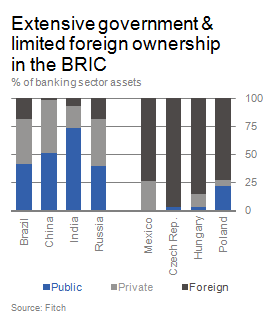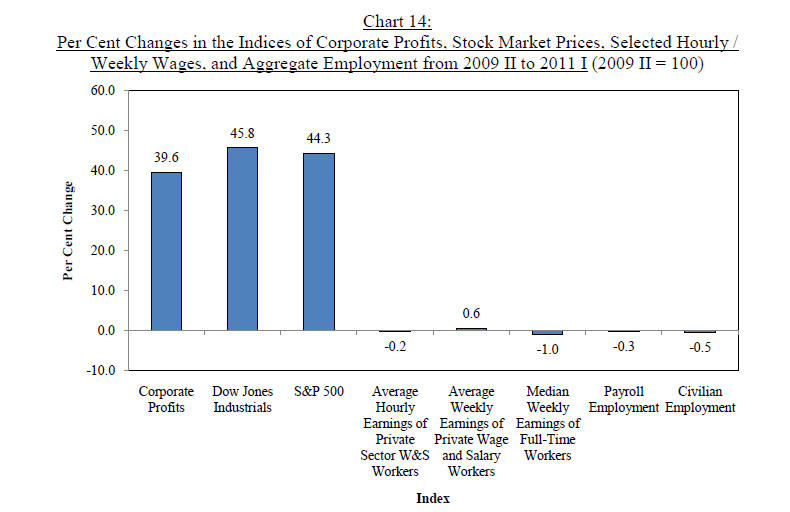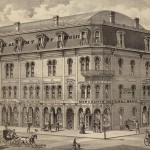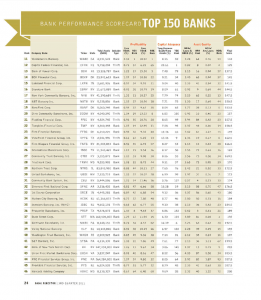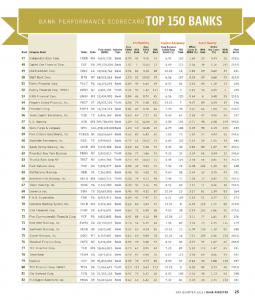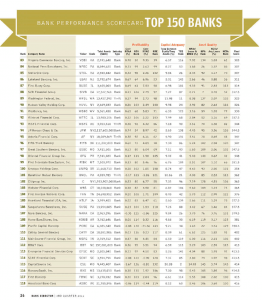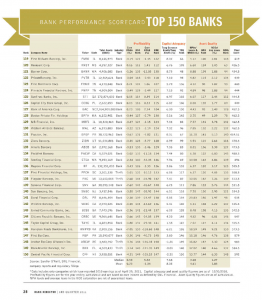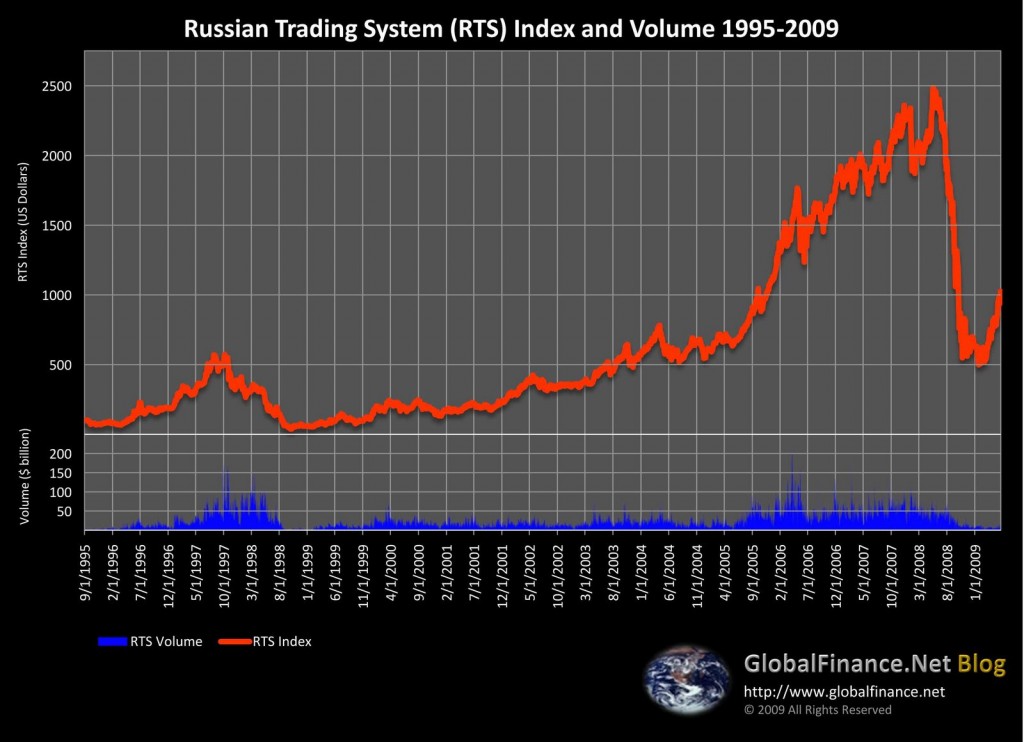Cement is one of the basic ingredient in the construction industry. The global cement industry is highly fragmented with many international, regional and local players competing in the market.The global majors account for only about one-fourth of the market. Due to increasing infrastructure and real estate development in emerging markets the cement industry is experiencing strong growth in the past few years.
According to one study:
Cement is made out of limestone, shell, clay mined out of a quarry close to the plant. The raw material is crushed, and then heated at temperature in excess of 1000 ºC in rotating kiln to become clinker. Clinker is then mixed with gypsum and ground to a fine powder to produce final grade of cement. The technology is a continuous process and is highly energy intensive.
Cost of cement is 29% energy, 27% raw materials, 32% labour and 12% depreciation.
Last year cement production worldwide increased by an estimated 9.9% from 2009 to reach 3.3 billion tons with China driving growth. Rising demand led to the construction of 140 new plants over the past two years.
The top five cement consuming countries in 2010 were: China, India, USA, Brazil and Iran.
The top five cement producing countries in 2010 were: China, India, USA, Turkey and Iran.
Due to lower production capacity or lack of plants, some countries are major importers of cement. The top five importers last year were: Bangladesh, Nigeria, USA, Iran and Afghanistan.
The top five cement exporters were: Turkey, China, Thailand, Japan and Pakistan.
Some of the leading global cement companies include:
1.Lafarge (LFRGY)
Country: France
LaFarge is the world’s number one producer of cement and related materials with operations in 78 countries.
2.Holcim
Country: Switzerland
3.HeidelbergCement
Country: Germany
4.Cemex (CX)
Country: Mexico
5.Italcementi
Country: Italy
6.Buzzi Unicem
Country: Italy
Source: International Cement Review
Some of the other cement firms trading on the US markets are:
1.Cementos Lima (CEMTY)
Country: Peru
2.CRH NV (CRH)
Country: The Netherlands
3.Empresas ICA (ICA)
Country: Mexico
4.James Hardie Industries (JHX)
Country: Australia
5.Wienerberger(WBRBY)
Country: Austria
Disclosure: Long LFRGY
